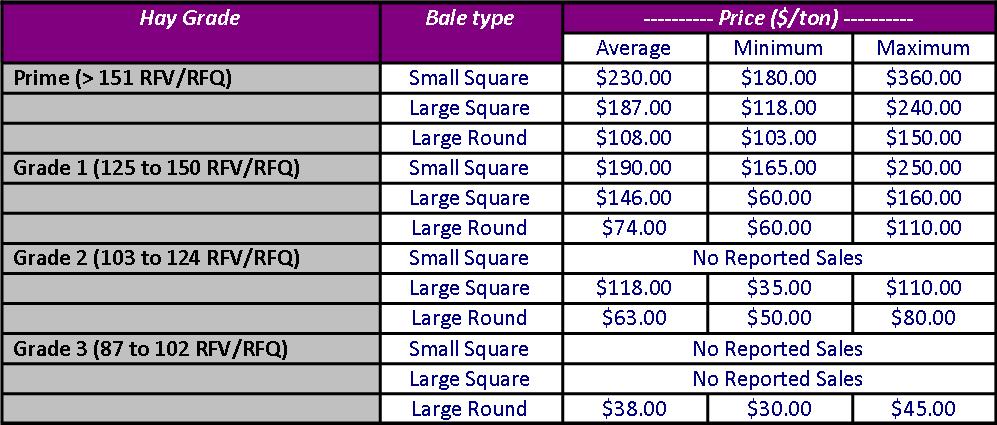Value of Short Rotations for Alfalfa Profitability
Value of Short Rotations for Alfalfa Profitability by Dan Undersander1 and Ken Barnett2 1Extension Forage Specialist, Madison, WI 2Extension Educator, Center for Dairy Profitability, Madison, WI Shorter rotations mean greater profit per acre for the entire farm because of higher alfalfa yield, higher forage quality, reduced pesticide use, greater nitrogen credits, and increased corn yields. Alfalfa is a […]
Read More...




